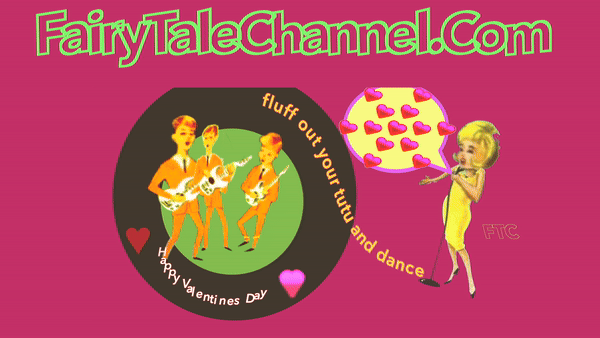Doppelgänger and Our Own Internal Demons
An illusive spirit appears in Grimms' Saga No. 260 Ghost as Married Woman (full text below).
The ghoulish apparition in this story can be likened to a doppelgänger or fetch, a true replicate of a living person whose appearance announces illness, danger or death. According to folk tradition nothing was quite so unnerving as seeing your own doppelganger for then your own death was imminent. Grimms' saga goes to great lengths to present the apparition as an exact physical copy of the lady of the house. But another interesting interpretation equates the doppelgänger with an outward manifestation the sub-conscious, here the malice an older woman feels toward her younger female relative.
The saga suggests there are all sorts of things that may haunt people, including living disgruntled relations. An extension of this theme is that past deeds or even thoughts or memories are the ghosts that haunt us today. This idea is prominent in numerous works of literature and is also a key element in the play Ghosts by Henrik Ibsen. Likewise in the Grimms' Tale Snow White (see link or posting above) the evil queen is driven to action by thoughts that haunt her, ultimately harming herself and others.
Since ancient times distinctions have been drawn between the various manifestations of ghosts. The Romans distinguished between peaceful or essentially happy spirits (manes) and the tortured kind, who appear as terrors in the night (lemure or larvae).
The lemure were the restless spirits of the dead who wandered the earth. Their feast day was Lemuria celebrated on November 9 and May 13. At midnight on these days the master of the house had to placate these spirits with an offering (typically black beans).
Ghosts also purportedly appeared in processions racing through the landscape, only to disappear inside a mountain (see Gratzug). To be caught up in such a procession meant certain death but there were also other ghosts that could cause real problems. These were the Irrlicht or Irwisch (in German) and are often described as a fiery man or blue shimmering light. English folk names for these luminous clouds of light include Jack in a lantern or Will with a wisp. These wisps of blue are often seen in November and December during the advent season, an especially active season for experiencing ghosts in all of the their variety.
To read the more about doppelganger, hit the Wiki-link below. This link also provides interesting accounts of alleged doppelganger sightings, including one of Abraham Lincoln:
http://en.wikipedia.org/wiki/Doppelg%C3%A4nger

No comments:
Post a Comment